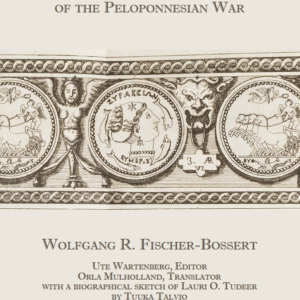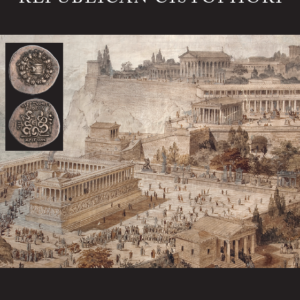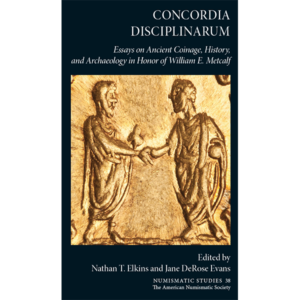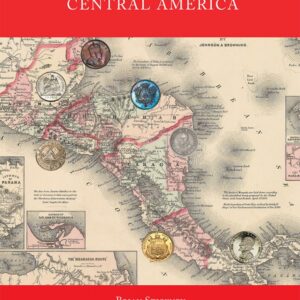Description
(Guides to the Coinage of the Ancient World 1)
by Peter Thonemann
Coinage is one of our key sources for the rich and fascinating history of the Hellenistic world (323–31 BC). This book provides students of the period with an up-to-date introduction to Hellenistic gold, silver and bronze coins in their cultural and economic contexts. It also offers new perspectives on four major themes in contemporary Hellenistic history: globalisation, identity, political economy and ideology. With more than 250 illustrations, and written in a lucid and accessible style, this book sheds new light on the diverse and multicultural societies of the Hellenistic world, from Alexander to Augustus. The author assumes no prior knowledge of Hellenistic history, and all Greek and Latin texts are translated throughout.
ABOUT THE AUTHOR
Peter Thonemann is Fellow and Tutor in Ancient History at Wadham College, University of Oxford. His first sole-authored monograph, The Maeander Valley (Cambridge University Press, 2011), was awarded the prestigious Runciman Prize in 2012. More recently, he has published a large corpus of inscriptions from Roman Asia Minor (Monumenta Asiae Minoris Antiqua XI: Monuments from Phrygia and Lykaonia, 2013) and has edited two collections of essays on the history of Asia Minor in antiquity (Attalid Asia Minor, 2013 and Roman Phrygia, Cambridge University Press, 2013).
ORDER
Order this title directly from Cambridge University Press. ANS Members, use your discount code at checkout. Forgot the code? Email Emma Pratte, or call 212.571.4470 x117.
List price: $36 plus shipping & handling
Member price: $25 plus shipping & handling
ISBN 9781107451759
Paperback, 260 pages, incl. 256 b/w figures and 5 maps






